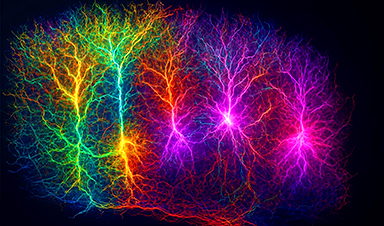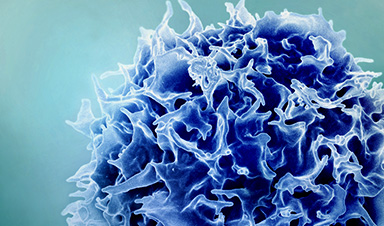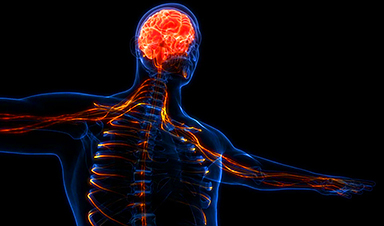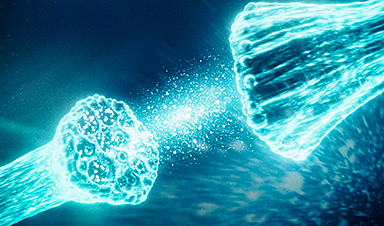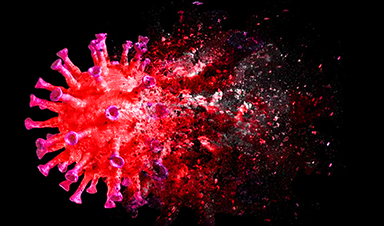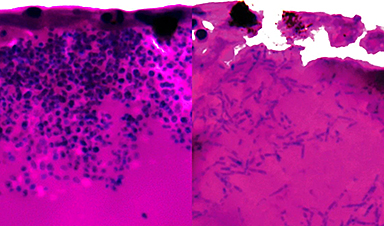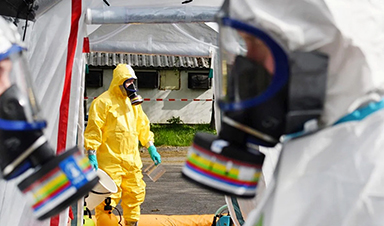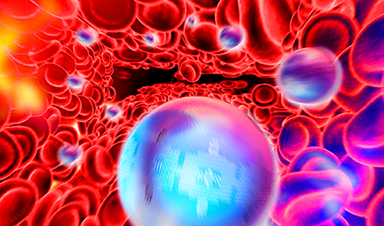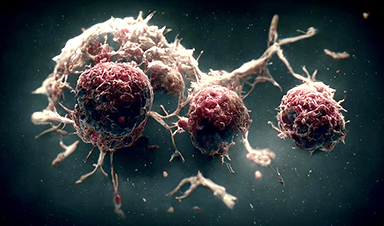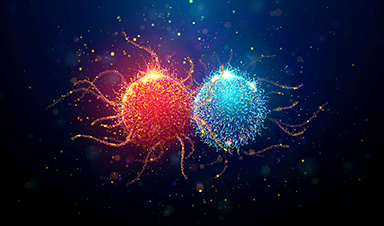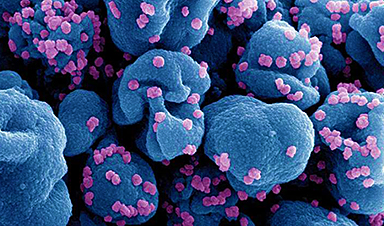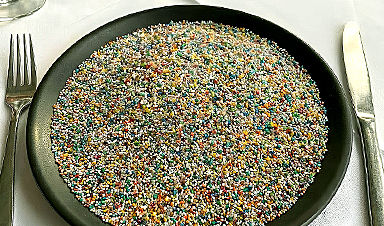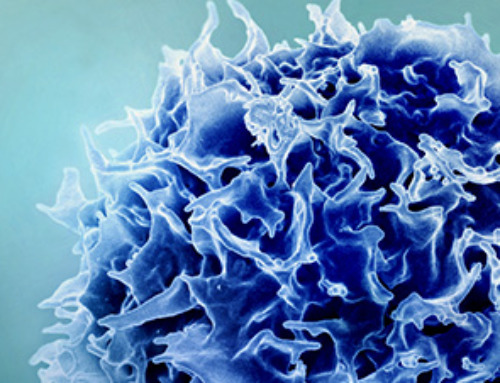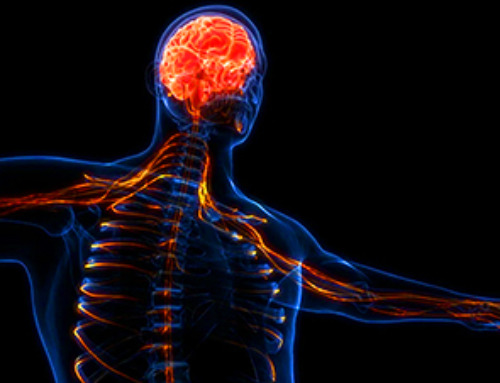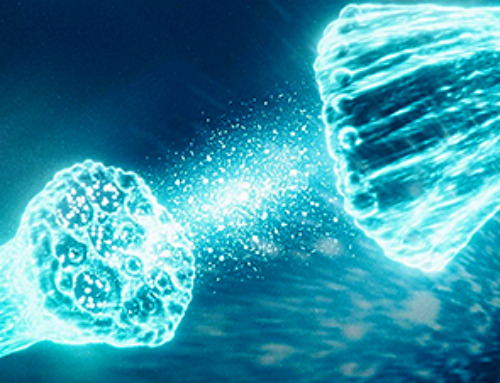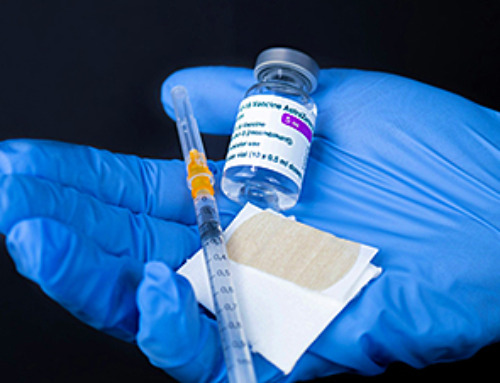A team of over 150 scientists has achieved what once seemed impossible: a complete wiring and activity map of a tiny section of a mammalian brain.
This feat, part of the MICrONS Project, rivals the Human Genome Project in ambition and scope, using cutting-edge AI, microscopy, and teamwork to map over 200,000 brain cells and millions of synapses. Among many revelations, researchers uncovered surprising new rules for how inhibitory neurons selectively influence others, providing insight into how thought, memory, and disorders like Alzheimer's might emerge from cellular interactions. This achievement opens the door to a new era in brain science and medical breakthroughs.
Cracking the Brain's Wiring Code
From a tiny piece of brain tissue no larger than a grain of sand, scientists have achieved what once seemed impossible: creating a detailed, functional wiring diagram of part of the brain. In 1979, molecular biologist Francis Crick famously predicted it would be "[impossible] to create an exact wiring diagram for a cubic millimeter of brain tissue and the way all its neurons are firing." But now, after seven years of work, more than 150 scientists and researchers from around the world have brought that vision much closer to reality.

MICrONS Project: A Historic Brain Mapping Breakthrough
The Machine Intelligence from Cortical Networks (MICrONS) Project has produced the most detailed wiring diagram of a mammalian brain ever made. The results, shared on April 9 across ten scientific papers published in the Nature family of journals, offer unprecedented insight into how the brain is structured and how it functions, especially within the visual system. The dataset, available through the MICrONS Explorer, totals 1.6 petabytes – about the same as 22 years of continuous HD video.
"The MICrONS advances published in this special issue of Nature are a watershed moment for neuroscience, comparable to the Human Genome Project in their transformative potential," said David A. Markowitz, Ph.D., former IARPA program manager who coordinated this work.
"IARPA's moonshot investment in the MICrONS program has shattered previous technological limitations, creating the first platform to study the relationship between neural structure and function at scales necessary to understand intelligence. This achievement validates our focused research approach and sets the stage for future scaling to the whole brain level."
Building the Brain's 3D Blueprint
Scientists at Baylor College of Medicine began by using specialized microscopes to record the brain activity from a one cubic millimeter portion of a mouse's visual cortex as the animal watched various movies and YouTube clips. Afterward, Allen Institute researchers took that same cubic millimeter of the brain and sliced it into more than 25,000 layers, each 1/400th the width of a human hair, and used an array of electron microscopes to take high-resolution pictures of each slice. Finally, another team at Princeton University used artificial intelligence and machine learning to reconstruct the cells and connections into a 3D volume.
Combined with the recordings of brain activity, the result is the largest wiring diagram and functional map of the brain to date, containing more than 200,000 cells, four kilometers of axons (the branches that reach out to other cells), and 523 million synapses (the connection points between cells).
A Forest of Neural Connections
"Inside that tiny speck is an entire architecture like an exquisite forest," said Clay Reid, M.D., Ph.D., senior investigator and one of the early founders of electron microscopy connectomics who brought this area of science to the Allen Institute 13 years ago. "It has all sorts of rules of connections that we knew from various parts of neuroscience, and within the reconstruction itself, we can test the old theories and hope to find new things that no one has ever seen before."
The findings from the studies reveal new cell types, characteristics, organizational and functional principles, and a new way to classify cells. Among the most surprising findings was the discovery of a new principle of inhibition within the brain. Scientists previously thought of inhibitory cells – those that suppress neural activity – as a simple force that dampens the action of other cells.
However, researchers discovered a far more sophisticated level of communication: Inhibitory cells are not random in their actions; instead, they are highly selective about which excitatory cells they target, creating a network-wide system of coordination and cooperation. Some inhibitory cells work together, suppressing multiple excitatory cells, while others are more precise, targeting only specific types.
Surprising Discoveries in Brain Inhibition
"This is the future in many ways," explained Andreas Tolias, Ph.D., one of the lead scientists who worked on this project at both Baylor College of Medicine and Stanford University. "MICrONS will stand as a landmark where we build brain foundation models that span many levels of analysis, beginning from the behavioral level to the representational level of neural activity and even to the molecular level."
What this Means for Science and Medicine
Understanding the brain's form and function and the ability to analyze the detailed connections between neurons at an unprecedented scale opens new possibilities for studying the brain and intelligence. It also has implications for disorders like Alzheimer's, Parkinson's, autism, and schizophrenia involving disruptions in neural communication.
"If you have a broken radio and you have the circuit diagram, you'll be in a better position to fix it," said Nuno da Costa, Ph.D., associate investigator at the Allen Institute. "We are describing a kind of Google map or blueprint of this grain of sand. In the future, we can use this to compare the brain wiring in a healthy mouse to the brain wiring in a model of disease."
Big Science, Big Collaboration
The MICrONS Project is a collaborative effort of more than 150 scientists and researchers from the Allen Institute, Princeton, Harvard, Baylor College of Medicine, Stanford, and many others.
"Doing this kind of large, team-scale science requires a lot of cooperation," said Forrest Collman, Ph.D., associate director of data and technology at the Allen Institute. "It requires people to dream big and to agree to tackle problems that aren't obviously solvable, and that's how advances happen."
The collaborative, global effort was made possible by support from the Intelligence Advanced Research Projects Activity (IARPA) and National Institutes of Health's Brain Research Through Advancing Innovative Neurotechnologies® Initiative, or The BRAIN Initiative®.
Foundations for Future Treatments
"The BRAIN Initiative plays a critical role in bringing together scientists from various disciplines to perform complex and challenging research that cannot be achieved in isolation," said John Ngai, Ph.D., director of The BRAIN Initiative®. "Basic science building blocks, like how the brain is wired, are the foundation we need to better understand brain injury and disease, to bring treatments and cures closer to clinical use."
A map of neuronal connectivity, form, and function from a grain of sand-sized portion of the brain is not just a scientific marvel, but a step toward understanding the elusive origins of thought, emotion, and consciousness. The "impossible" task first envisioned by Francis Crick in 1979 is now one step closer to reality.
Reference: "Functional connectomics spanning multiple areas of mouse visual cortex" by The MICrONS Consortium, 9 April 2025, Nature.
DOI: 10.1038/s41586-025-08790-w
News
New study suggests a way to rejuvenate the immune system
Stimulating the liver to produce some of the signals of the thymus can reverse age-related declines in T-cell populations and enhance response to vaccination. As people age, their immune system function declines. T cell [...]
Nerve Damage Can Disrupt Immunity Across the Entire Body
A single nerve injury can quietly reshape the immune system across the entire body. Preclinical research from McGill University suggests that nerve injuries may lead to long-lasting changes in the immune system, and these [...]
Fake Science Is Growing Faster Than Legitimate Research, New Study Warns
New research reveals organized networks linking paper mills, intermediaries, and compromised academic journals Organized scientific fraud is becoming increasingly common, ranging from fabricated research to the buying and selling of authorship and citations, according [...]
Scientists Unlock a New Way to Hear the Brain’s Hidden Language
Scientists can finally hear the brain’s quietest messages—unlocking the hidden code behind how neurons think, decide, and remember. Scientists have created a new protein that can capture the incoming chemical signals received by brain [...]
Does being infected or vaccinated first influence COVID-19 immunity?
A new study analyzing the immune response to COVID-19 in a Catalan cohort of health workers sheds light on an important question: does it matter whether a person was first infected or first vaccinated? [...]
We May Never Know if AI Is Conscious, Says Cambridge Philosopher
As claims about conscious AI grow louder, a Cambridge philosopher argues that we lack the evidence to know whether machines can truly be conscious, let alone morally significant. A philosopher at the University of [...]
AI Helped Scientists Stop a Virus With One Tiny Change
Using AI, researchers identified one tiny molecular interaction that viruses need to infect cells. Disrupting it stopped the virus before infection could begin. Washington State University scientists have uncovered a method to interfere with a key [...]
Deadly Hospital Fungus May Finally Have a Weakness
A deadly, drug-resistant hospital fungus may finally have a weakness—and scientists think they’ve found it. Researchers have identified a genetic process that could open the door to new treatments for a dangerous fungal infection [...]
Fever-Proof Bird Flu Variant Could Fuel the Next Pandemic
Bird flu viruses present a significant risk to humans because they can continue replicating at temperatures higher than a typical fever. Fever is one of the body’s main tools for slowing or stopping viral [...]
What could the future of nanoscience look like?
Society has a lot to thank for nanoscience. From improved health monitoring to reducing the size of electronics, scientists’ ability to delve deeper and better understand chemistry at the nanoscale has opened up numerous [...]
Scientists Melt Cancer’s Hidden “Power Hubs” and Stop Tumor Growth
Researchers discovered that in a rare kidney cancer, RNA builds droplet-like hubs that act as growth control centers inside tumor cells. By engineering a molecular switch to dissolve these hubs, they were able to halt cancer [...]
Platelet-inspired nanoparticles could improve treatment of inflammatory diseases
Scientists have developed platelet-inspired nanoparticles that deliver anti-inflammatory drugs directly to brain-computer interface implants, doubling their effectiveness. Scientists have found a way to improve the performance of brain-computer interface (BCI) electrodes by delivering anti-inflammatory drugs directly [...]
After 150 years, a new chapter in cancer therapy is finally beginning
For decades, researchers have been looking for ways to destroy cancer cells in a targeted manner without further weakening the body. But for many patients whose immune system is severely impaired by chemotherapy or radiation, [...]
Older chemical libraries show promise for fighting resistant strains of COVID-19 virus
SARS‑CoV‑2, the virus that causes COVID-19, continues to mutate, with some newer strains becoming less responsive to current antiviral treatments like Paxlovid. Now, University of California San Diego scientists and an international team of [...]
Lower doses of immunotherapy for skin cancer give better results, study suggests
According to a new study, lower doses of approved immunotherapy for malignant melanoma can give better results against tumors, while reducing side effects. This is reported by researchers at Karolinska Institutet in the Journal of the National [...]
Researchers highlight five pathways through which microplastics can harm the brain
Microplastics could be fueling neurodegenerative diseases like Alzheimer's and Parkinson's, with a new study highlighting five ways microplastics can trigger inflammation and damage in the brain. More than 57 million people live with dementia, [...]
